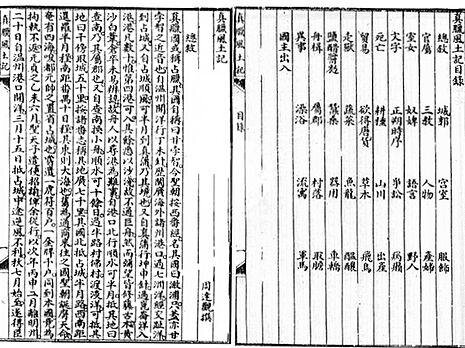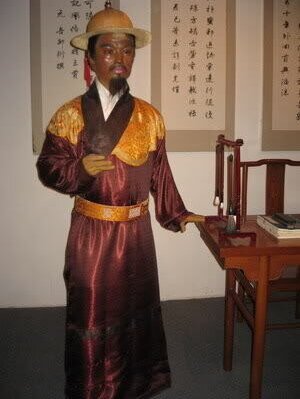真腊风土记 (The Land and Social Conditions of Chenla)
by Zhou Daguan
吴哥数据库的最新收录书籍,周达观于1296年所记录的吴哥见闻《真腊风土记》:1/原本的复印本 2/2016年新版的由中国考古学家夏鼐于1981年所著的真腊风土记校注
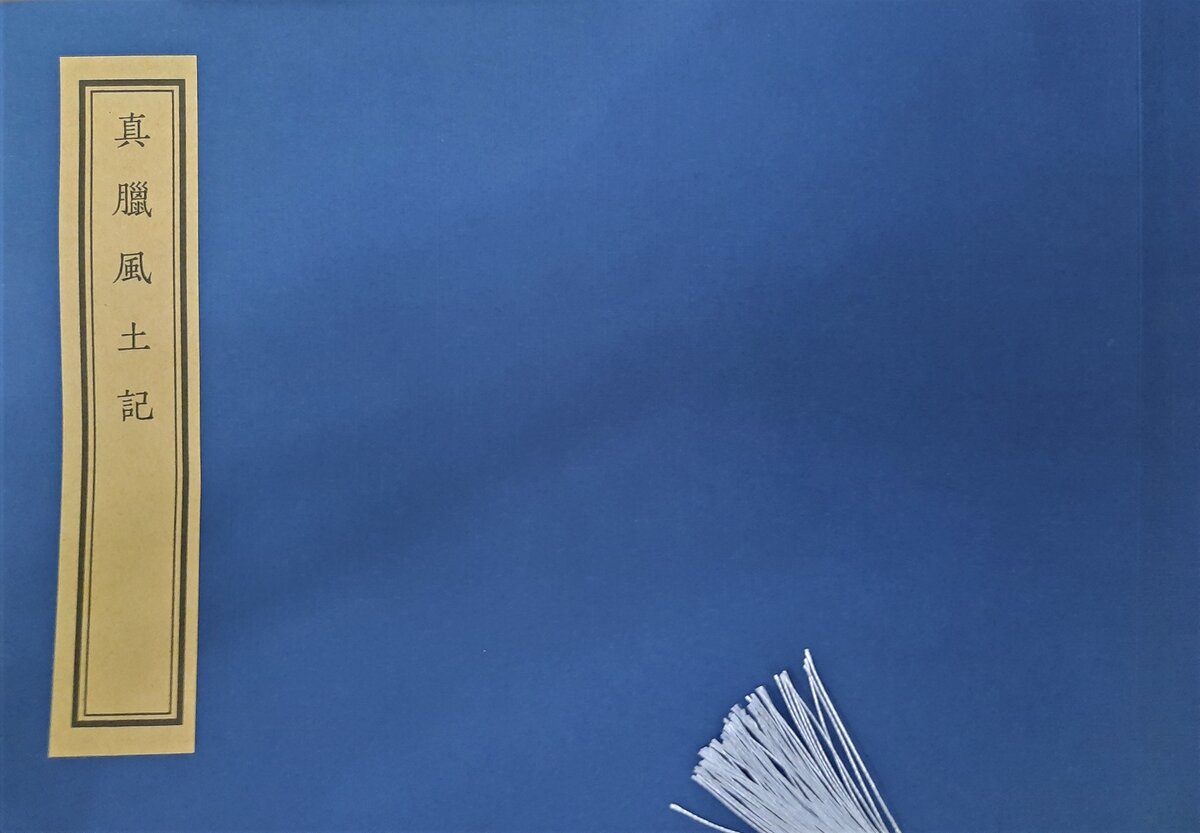
Type: hardback
Publisher: Wenzhou Heritage Management Committee / Repulished by Hangzhou Heritage Book Store.
Edition: Republication of the Oct 1963 edition.
Published: 2015
Author: Zhou Daguan
Pages: 88
Language : Chinese
ADB Library Catalog ID: ZHOUD1
Latest additions to Angkor Database Library, Zhou Daguan’s famous description of Angkor from his 1296 visit: Facsimile of the original manuscripts.
ការបន្ថែមចុងក្រោយបំផុតទៅក្នុងបណ្ណាល័យAngkor Database
ពីការពិពណ៌នាពីអង្គរដ៏ល្បីល្បាញរបស់លោក Zhou Daguan ពីឆ្នាំ ១២៩៦: សំអាងលើសៀវភៅដើម។
吴哥数据库的最新收录书籍,周达观于1296年所记录的吴哥见闻《真腊风土记》:原本的复印本
Note: The 1963 edition was implemented by the Wenzhou Museum, Zhou Daguan’s homeland.
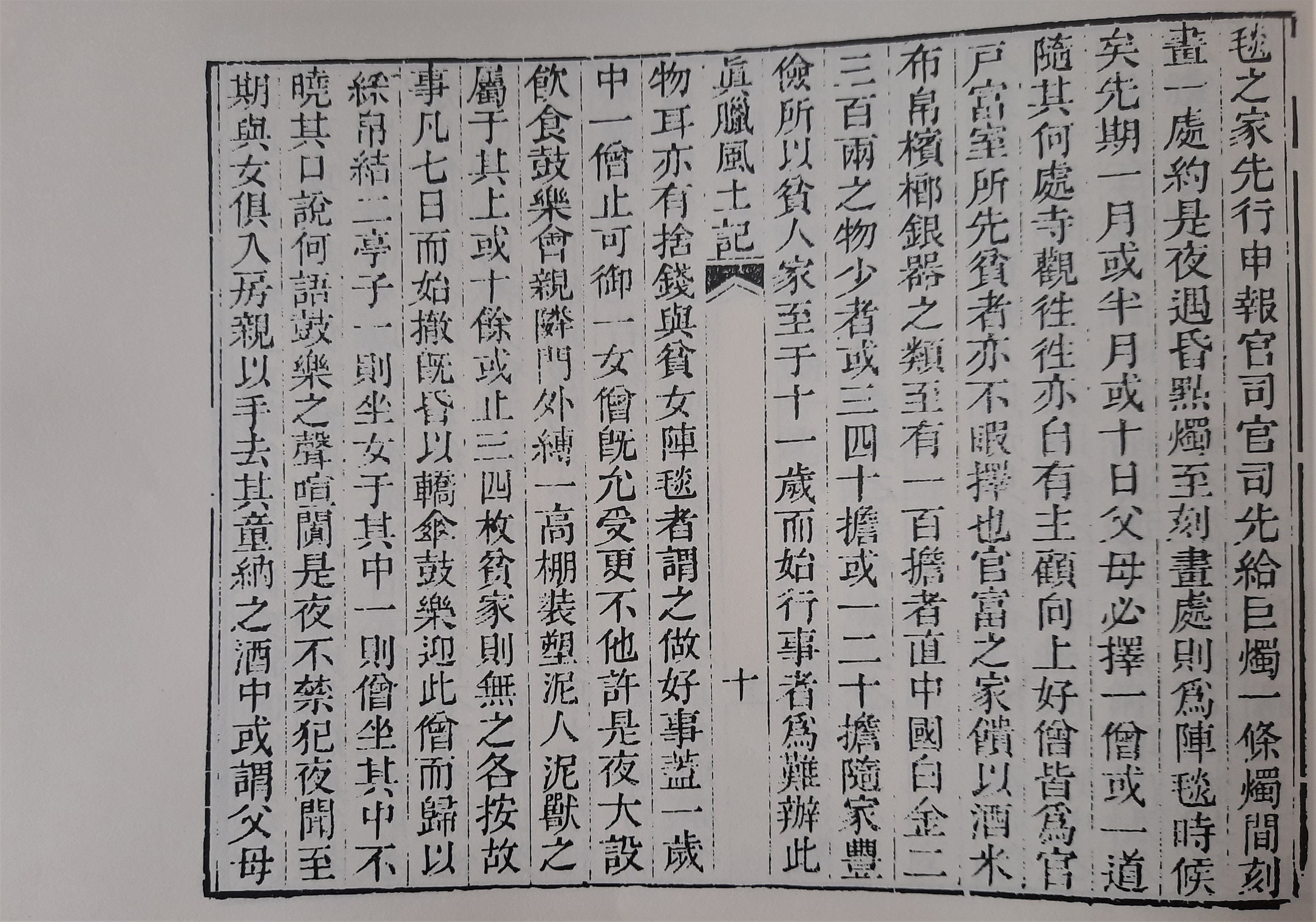
Tags: Chinese chronicles, Chenla, Kampuchea, history, Zhou Daguan
About the Author
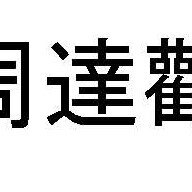
Zhou Daguan
Zhou Daguan (also Tcheou Ta-Kouan, Zhu Daguan) ch 周达观 , kh ជីវតាក្វាន់ (chiv takvan), vn Chu Đạt Quan, th โจวต้ากวาน (cho wta kwan)(c. 1270, Yongjia (modern Wenzhou) – ? shortly after 1346), a Chinese traveler under the Temür Khan (Emperor Chengzong), authored the sole written and direct account of the customs of Cambodia and the Angkorean power from the 13th century that has been preserved to our days.
Instructed to join an imperial mission to Chenla in 1295, he arrived at Angkor in August 1296 and stayed near the court of King Indravarman III (also named Sri Srindarvarman) until July 1297. We know only a third of his account, The Customs of Cambodia (真臘風土記, Zhēnlà Fēngtǔ Jì, literally The Land and Social Conditions of Chenla), first translated into French by the sinologist Jean-Pierre Abel-Rémusat in 1819 (Description du royaume de Cambodge par un voyageur chinois qui a visité cette contrée à la fin du XIII siècle, précédée d’une notice chronologique sur ce même pays, extraite des Annales de la Chine, Paris, Imprimerie J. Smith, 1819), and later on by Paul Pelliot in 1902 (1) and posthumously in the 1951 edition edited by George Coedes and Paul Demieville. In 2007, the linguist Peter Harris completed the first direct translation from Chinese to modern English.
Coincidentally, Zhou Daguan’s travel to Angkor occurred the same year than “the trader and adventurer Marco Polo arrived back in Venice after twenty-five years’ absence. Legend has it that he was full of stories about his travels in China and other parts of Asia, and about the services he provided to the great khan Khubilai, the founding emperor of the Mongol dynasty then ruling China. That same year, 1295, a young man by the name of Zhou Daguan set sail from Mingzhou, a port on the southeast coast of China. Zhou was headed for Cambodia as part of a delegation sent there by Khubilai’s grandson Temür, who had come to the imperial throne on the death of his grandfather.” (cf. Peter Harris, A Record of Cambodia, p 6).
We still have to conjecture in which capacity Zhou Daguan joined the delegation, but we know he was not a diplomat acting for the Yuan dynasty, nor a trader. The “Summary of the General Catalogue of the Complete Library of the Four Treasures” of the Qing Dynasty, praising the book as “quite comprehensive and rich in meaning, with many details, which can make up for the missing parts of the Yuan History,” mentions its author as a “lettered man.”
As for the name Daguan 达观, which he used after his trip to Chenla, several interpretations have been given: “the one who saw everything”, “at ease in every circumstance”, “who sees the bright side of everything”.
Sinologist and Khmerologist Pascal Médeville is currently working on a novelized account of Zhou Daguan’s life and travels. And in December 2024, Princess Buppha Devi Dance School presented in Phnom Penh the first musical and dance production inspired by the journey of Zhou Daguan, លោក ជីវ តាក្វាន់ បានជួបនគរចេនឡា Zhou Daguan in the Kingdom of Chenla.
Angkor Database recommends the direct translation established from the ancient Chinese text into English by native Chinese Ms. Beling Uk and native Cambodian Solang Uk in 2010 and 2011. Xia Nai’s 1981 Chinese edition of the travelogue remains a reference. The first ever English version published in Bangkok in 1967, entirely from Pelliot’s French text (the1902 version), is mostly notable for its enigmatic author, John Gilman D’Arcy Paul.
Customs of Zhenla has also been translated into:
- Khmer: កំណត់ហេតុរបស់លោក ជីវ តាក្វាន់ អំពីប្រពៃណីនៃអ្នកស្រុកចេនឡា [Chiv Ta Kwan [Zhou Daguan]‘s diary about the traditions of the people of Chenla], tr. Ly Team Teng, 1971, Phnom Penh.
- Thai: โจวต้ากวาน, บันทึกว่าด้วยขนบธรรมเนียมประเพณีของเจินละ เฉลิม ยงบุญ [Record of Chenla’s customs and traditions], tr. Chalerm Yongbunkerd, 2014 (3d edition) — ISBN 978−974−02−1326−0.
- Vietnamese: Chu Đạt Quan, Chân Lạp phong thổ ký [Zhou Daguan, Chenla Land and People], tr. Lê Hương, Saigon, Kỷ Nguyên Mới Pub., Saigon, 1973 [excerpts in Vietnamese here].
- German: Walter Aschmoneit, Zhou Daguan, Aufzeichnungen über die Gebräuche Kambodschas, Studeingemienschaft Kambodschanische Kultur, 2006, 120 p., ISBN13 978 – 3000200724.
- Spanish: Vida y costumbres de Camboya, Relato del viaje de Zhou Daguan a Angkor, by Astrid Haardt, CreateSpace Independent Publishing Platform, 2013, 108 p., ISBN13 978 – 1478384496.
(1) In Antoine Brébion’s Dictionnaire Bibliographique, the entry Tcheou-Ta-Kouan states: ‘Lettré chinois du XIIIe siècle de notre ère, qui avait pour appellation Ts’ao-T’ING; il était originaire de Yong-Kia au Tchô-Kiang, il suivit l’ambassade chinoise envoyée au Cambodge en 1295, il revint en Chine en 1297. Le très érudit sinologue qu’est M. P. PELLIOT, de l’Ecole française d’Extreme-Orient, lui a restitué la paternité d’une relation intitulée Description du Cambodge, qu’ABEL DE RÉMUSAT avait attribuée à MA-TOUAN-LIN.’ [Chinese erudite from the 13th century CE, who was named Tsao-Ting, hailing from Yong-Kia in Tcho-Kiang. He followed the Chinese embassy sent to Cambodia in 1295, traveling back to China in 1297. The most learned sinologist Mr P. PELLIOT, from EFEO, has given back to him the autorship of a text titled ‘Description of Cambodia’, previously attributed to MA-TOUAN-LIN by ABEL DE RÉMUSAT.]

